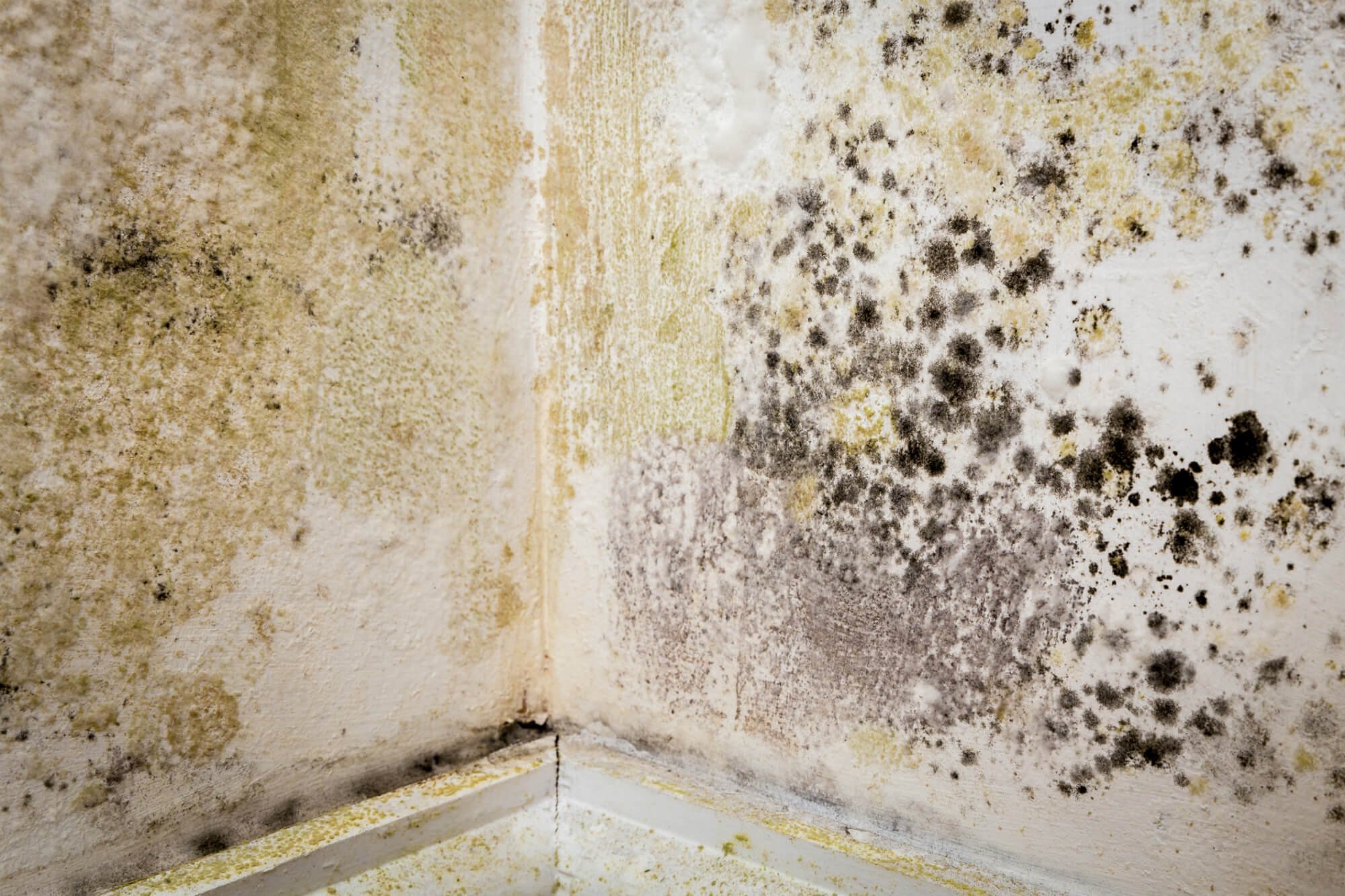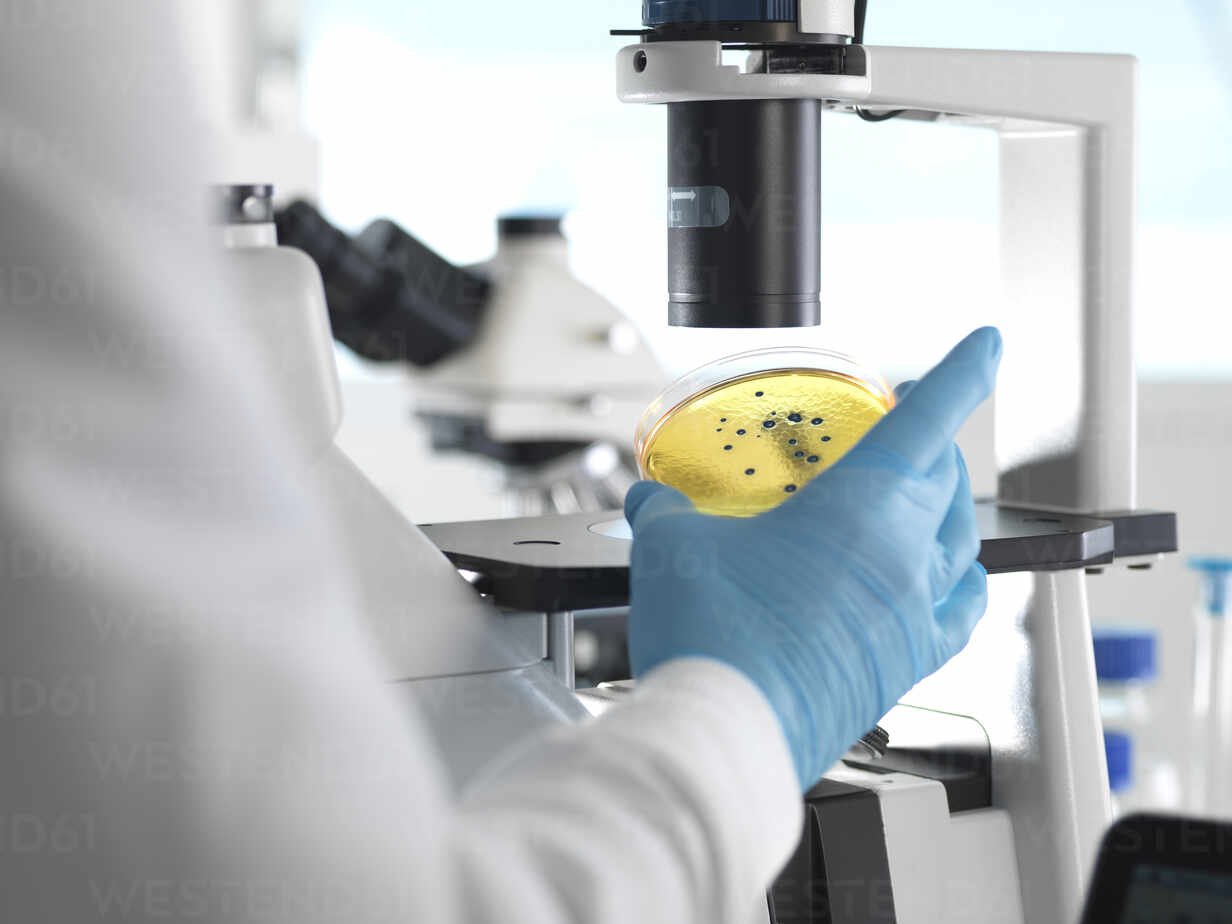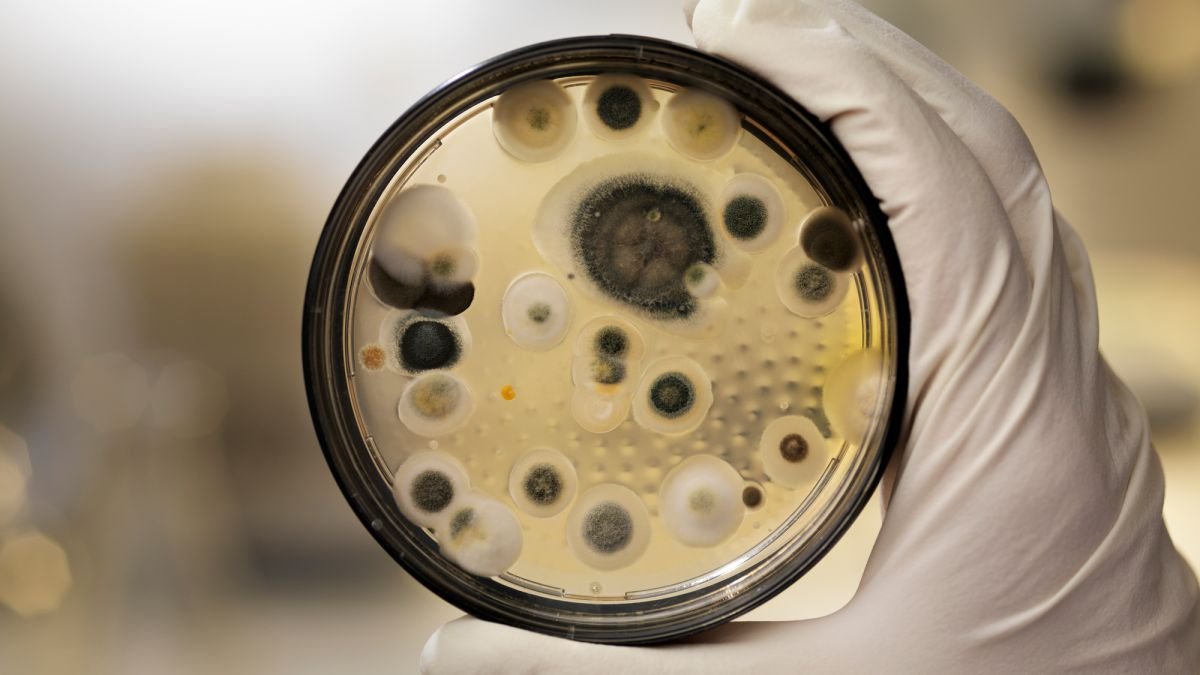
Tape & Cassette Sampling
What is mold?
Mold is a fungus, and like all fungi, it thrives in moist places. Mold spreads by emitting spores, microscopic particles often as small as a single cell. Spores float around in the air until they land on a surface. Mold spores are everywhere, outdoors as well as inside your house.
Luckily, mold spores only form mold when they land on a moist surface. That means that if you can keep the interior of your home dry, you can avoid having any problems with mold. The best way to prevent mold in your home is to clean up spills, repair leaks in your roof, plumbing or HVAC system and make sure your kitchen and bathroom are properly venting moisture out of the house.
There are two major reasons to clean up and remove any mold growing in your house: mold damages the surface it is growing on and mold may aggravate allergies or asthma.
How do you Perform Tape Sampling?
Tape sampling is done at a more local scale than that of cassette sampling. Tape sampling starts with a thorough walk through of the home looking for areas of possible moisture or mold growth issues. The sampling is done by taking tape and applying it to areas that have been located by the inspector to be possibly problematic.
Tape sampling is most useful when there are areas in the home that appear to have excess moisture issues and/or potential mold growth spots. The sample taken in this area is then enclosed and taken to a lab for further testing of the particles found on the tape. The lab will return the lab results to the inspector who will make a recommendation in the report delivered to the client.
How do you Perform Cassette Sampling?
Cassette sampling is also considered to be an examination of the air quality within the home. Cassette sampling is done through the use an of air pump and lab cassettes. The pump will run for approximately five minutes at a rate of fifteen liters per minute (lpm). Particles in the air stream are accelerated as they approach the tapered inlet opening and drawn through a small slit aimed directly at a glass slide. This glass slide contains a sticky and optically clear sampling media which can permanently collect and hold particles. As the particles come through the slit, the air velocity forces the particles to impact into the sampling media, while the air stream makes a sharp 90o turn and proceeds around the slide and out of the cassette.
The process is repeated four times (three times within the home and one on the exterior) which will provide different data points to compare to one another. The Cassettes are then labelled and taken to a lab for further testing of the particles captured during the sampling process. The lab will return the lab results to the inspector who will make a recommendation in the report delivered to the client.





